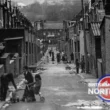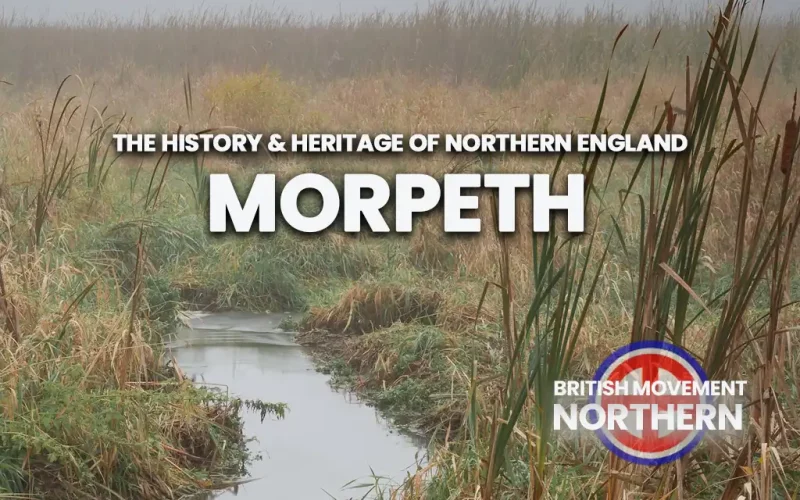Morepath, Morpath, Morthpath, Morthpaeth, Moorpath.
There are many variations of the spelling of the name of the town and the modern version was finally fixed at some point in the early 19th Century.
Morpeth is a Northumbrian market town and sits at an ancient river crossing on the River Wansbeck. There is some evidence of pre-historic settlement in the area of the modern town, mostly from the Neolithic period.
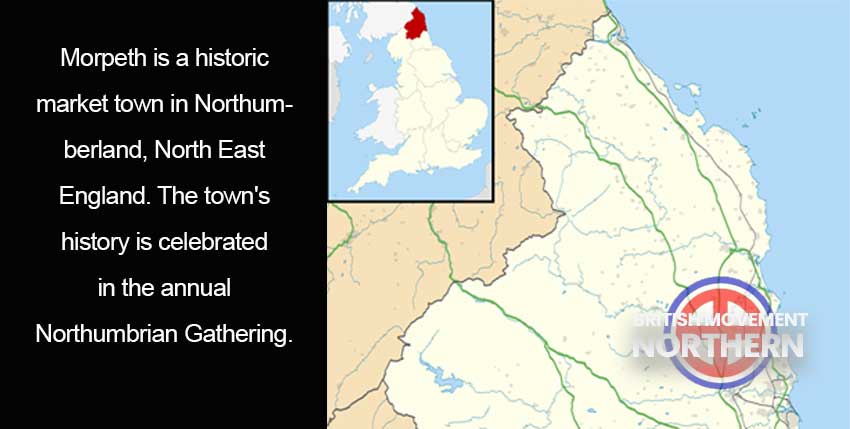
In the pre-Roman period, the area was under control of the Celtic tribe, the Votadini, but there is little evidence of a settlement at Morpeth. The Romans were certainly active in the area, the presence of Hadrian’s Wall in the region meant a good deal of Roman activity along the River Wansbeck, but to date there has been little archaeological evidence of the Romans at Morpeth.
In the Anglo-Saxon period, the north-east of what would eventually become England was settled by the Anglians and the settlement at Morpeth became subject to the Anglian kingdom of Bernicia. After the death of the Anglian king Athelric in 616 AD, the kingdom of Bernicia was united with the kingdom of Deira to become the larger kingdom of Northumbria, and was ruled from York.
During the Viking age, Morpeth was officially part of the Danelaw, and was theoretically ruled from York, although the Anglian Northumbrian earls of Bamburgh had greater sway over the region and certainly regarded the West Saxon kings of southern England as being too far away to have authority over the north east.
After the Norman Conquest in 1066, and the post-invasion rebellions against the Normans across the north of England, a Norman nobleman William de Merlay, was granted the Barony of Morpeth by William the Conqueror for his part in suppressing a regional rebellion. The de Merlay family were granted the title in 1080, and almost immediately began the construction of a motte and bailey castle at Morpeth which was operational by 1095.
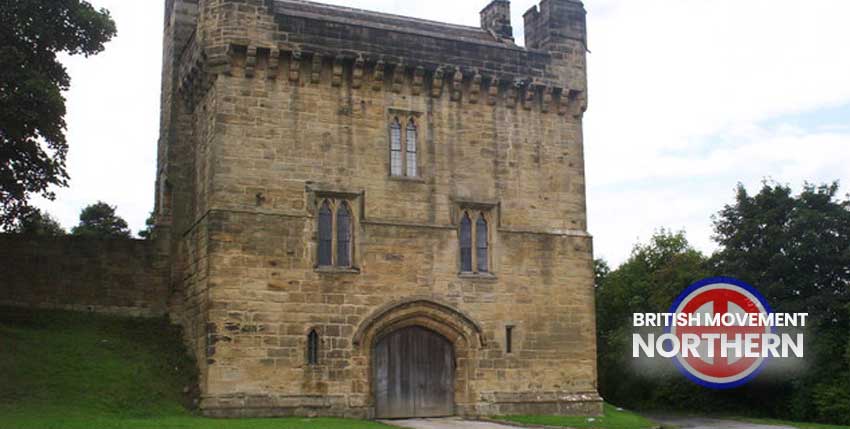
In 1137 a Cistercian monastery was established close to Morpeth, Newminster Abbey, the town expanded in size and importance as a result. In the year 1200 King John gave Roger de Merlay permission to create a market in the town, formally bestowing a royal market charter on Morpeth in the same year. King John was not a popular monarch and there were rebellions against his rule, the ‘First Baron’s War’ in 1215 brought conflict to Morpeth and the official chronicles recorded that the “town was wounded by fire”.
Morpeth Castle was a motte and bailey structure mostly timber, and sustained some damage at this time. In the aftermath of the Baron’s war, the de Merlay family built a more substantial castle at Morpeth, this then led to the construction of a stone bridge over the River Wansbeck at Morpeth.
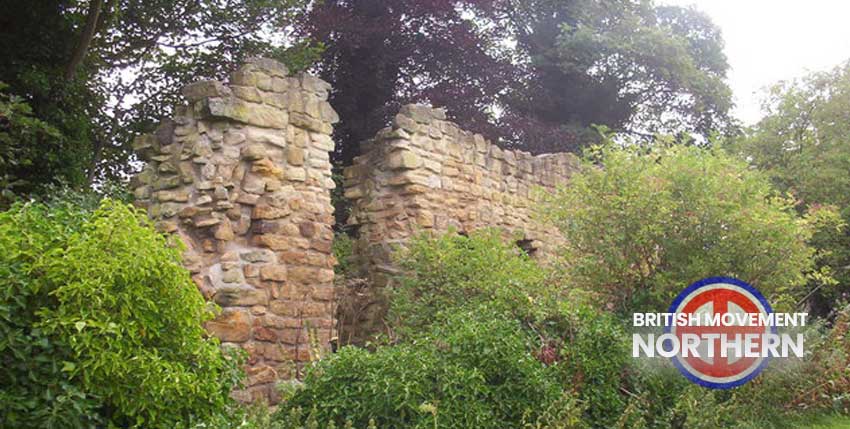
As with many parts of the North-East and the North-West, throughout the medieval centuries, there were frequent raids and incursions by the Scots. In the 13th and 14th Centuries the border between Scotland and England was further south than today and increased the threat to territory in Northumberland. In the Anglo-Scottish ‘Eight Years War’ between 1543 and 1551, Morpeth Castle was garrisoned by Italian mercenary soldiers, a presence which led to problems in the town between local people and the troops.
Morpeth largely escaped the impact of the Industrial Revolution other than the improvement of road networks and the arrival of the railways. The town remained a relatively compact market town and crossing point over the River Wansbeck.
Morpeth is a White town; the most recent census data, (2011) gives the population break down as White British and other White nationalities, which includes Irish and Eastern Europeans as 97.2% White, a clear recommendation.
Resources
Map Image: Contains Ordnance Survey data © Crown copyright and database right, CC BY-SA 3.0, via Wikimedia Commons.
Castle Image: The gatehouse of Morpeth Castle – the only intact remnants of what began life as a motte-and-bailey fortification. Morpeth Castle is a Scheduled Ancient Monument and a Grade I listed building at Morpeth, Northumberland, in northeast England. C G Burke, CC BY-SA 2.0, via Wikimedia Commons.
Wall Image: C G Burke, CC BY-SA 2.0, via Wikimedia Commons.
The British Movement welcomes articles for possible inclusion on this site from members and supporters across the North of England. Please remember that we have to operate within the laws of this country – we will not include any content that is against the current laws of the United Kingdom. News reports should be topical and be relevant to the regions covered by this website.



